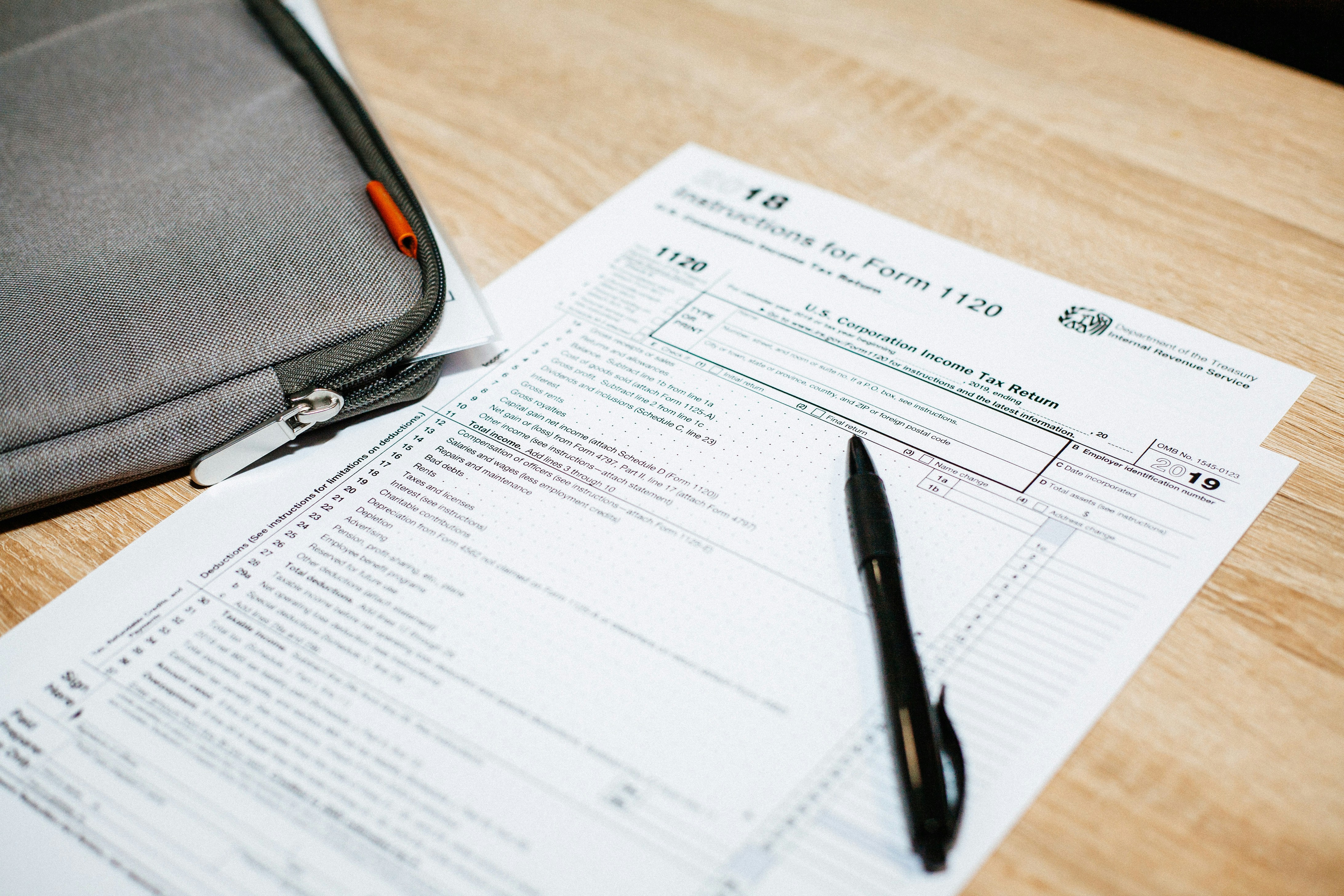Introduction
- Withdrawing your Provident Fund (PF) can be a smooth process, especially when you understand how to fill out Form 15G correctly.
- This form is vital for individuals whose total income is below the taxable limit, as it helps avoid TDS (Tax Deducted at Source) on your PF withdrawal. Here’s a comprehensive guide.
Who Should Submit Form 15G?
You should consider submitting Form 15G for PF withdrawal if:
- You are below 60 years of age.
- Your PF withdrawal amount exceeds ₹50,000.
- Your total income is below the taxable limit, which is currently ₹4 lakh for individuals.
- Your PAN is linked to your Universal Account Number (UAN).
How to Fill Part 1 of Form 15G
Form 15G consists of two parts, where Part 1 is to be filled by you. Below are the fields you need to complete:
- Name (as per PAN)
- PAN Number
- Status (select “individual”)
- Previous year (e.g., “2024-25”)
- Residential status (mark “resident individual”)
- Address and PIN code
- Email ID (optional)
- Mobile Number
- Whether assessed to tax in any of the last 6 years (yes/no)
- Estimated total income in the financial year (including PF amount)
- Estimated income for which declaration is made (PF withdrawal amount)
- Details of other Form 15G submitted in the same year (usually “0”)
- Total income on which Form 15G is submitted (same as previous point)
- Details of income (write “provident fund withdrawal”, mention amount and PF account details)
- Signature and date
Remember, do not fill Part 2, as that is reserved for the EPFO officer.
Submitting Form 15G for PF Withdrawal
- If you are withdrawing online via the UAN portal, you can upload the scanned Form 15G during the claim process.
- For offline withdrawal, attach Form 15G with your PF withdrawal application and submit it to the EPFO office.
- Filling out Form 15G accurately will ensure you receive your full PF amount without unnecessary tax deductions.

